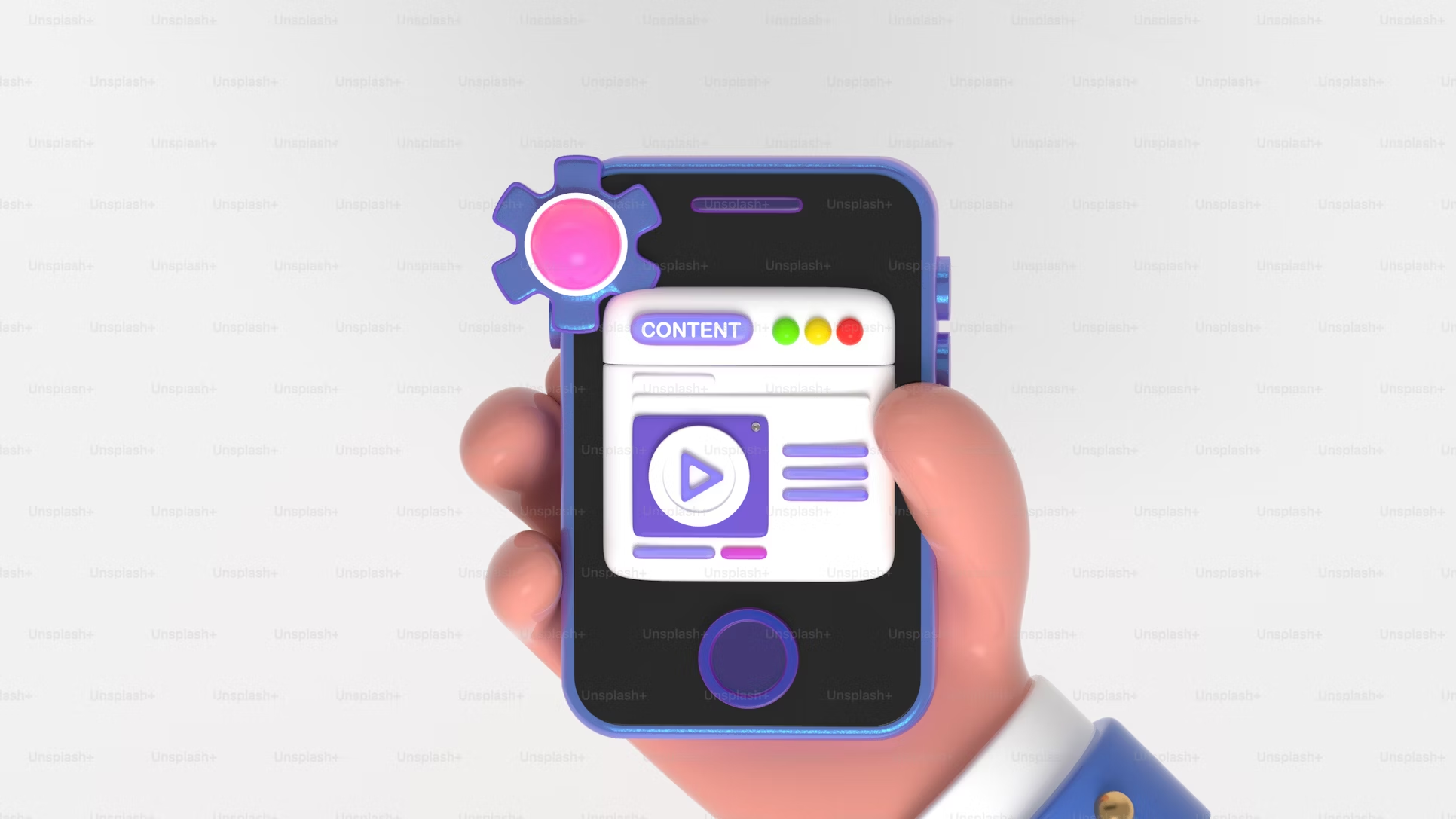Changing Up Your Marketing to Meet the Needs of a New Audience
Your business is going to change. If it doesn’t, your company likely won’t be around long-term. An integral part of ensuring those changes stick is your marketing. Companies change for various reasons, and when changes are made, marketing strategies must evolve along with them. Here’s why:
Quick Links
Why Companies Change and Why Marketing Needs to Evolve When Those Changes are Made
There are quite a few reasons why a company may change. But evolving customer and/or business needs are primary reasons.
For instance, businesses might need to move or change locations because there isn’t enough space for their employees to work productively. Their customer base may be better served with an additional brick-and-mortar location. Or they may need to reduce operational costs drastically.
Aside from changing locations, businesses might also change by:
- Adding or removing products/services
- Expanding their customer base
- Entering a new market
- Working with new partners
- Closing down a location
When changes like this are made, your marketing strategy must also evolve. This is because you want your current and potential customers to know about your changes and take to them. Being intentional about adjusting your marketing can ensure both of these happen.
Seven Ways Businesses Can Change Their Marketing to Meet the Needs of a New Audience
Here’s how to ensure your marketing meets the needs of your new audience when your business changes:
Define how your business is changing and why
One of the most critical steps to take when changing your marketing to meet the needs of a new audience is defining how your business is changing, why you chose to make those changes, and what those changes will do for your current and new audience.
Digging into these topics will help you develop the best strategy to communicate the changes to your business to your audience so that it resonates with them.
Identify your new audience and how the changes affect them
Describe your new audience after defining how your business is changing and why you’re making those changes. If you don’t take the time to research your new target audience, you won’t be able to create marketing content that resonates with them.
So, document detailed answers to the following questions:
- How are their needs different?
- What challenges are they facing?
- What is their demographic information?
- Which social media platforms do they frequent?
- What are their favorite media and content types?
- How does your new audience think and behave generally?
- What marketing channels are they engaged with the most?
- Does your new audience overlap with your current audience?
- How will the changes you’ve made to your business better their lives?
Then, take what you’ve learned about your new target audience and revisit your current marketing strategy.
Revisit your current marketing strategy
What are you currently doing in your marketing strategy? Are you getting results? How is it resonating with your current target audience? What changes do you want and need to make?
It’s essential to revisit your current marketing strategy to figure out what you need to change to reach your new audience. It’s also important to look at your current marketing strategy to figure out how to communicate the changes you’ve made to your business to those already loyal to your brand.
Document the changes you want to make
Now, what changes do you want to make to your marketing strategy to meet the needs of your new audience? You must document exactly how you’re going to adjust your marketing tactics, content, platforms, and channels to have a clear plan for getting the most out of your changes.
For example, you may need a complete rebrand if you’re relocating. Appealing to your new audience in your new location may require you to redesign your logo and revamp the products and services you offer. You’ll probably also want to ramp up your local search engine optimization efforts and create a local marketing strategy.
In addition to the changes you want to make, write down the new goals, metrics, and key performance indicators you’re going to track to ensure you’re changes are productive.
Review your marketing channels
Review your marketing channels once you document the changes you want to make to your marketing strategy.
If your new audience is primarily on a channel you’ve yet to establish a presence on, it’s time to leverage that channel. On the other hand, you may find it’s more productive to eliminate a marketing channel or two.
Either way, it’s essential to make these decisions now because this will affect what kind of marketing content you create moving forward, when, and where you publish it.
Create fresh marketing content
After you determine whether you need to add any new marketing channels to your strategy or eliminate any current ones, it’s time to create fresh marketing content.
Like before, your content must be unique to your brand and valuable to your audience. Create content your competitors aren’t. Give your audience a content experience they can’t get anywhere else.
Don’t rush through the content creation phase. Half-done marketing content will dissuade a new audience. If you take the time to create high-quality content now, you won’t have to spend a lot of time reversing the harmful effects of low-level content later.
After creating your content, design a content calendar to organize when and where you’ll publish your new content. Finally, hit the publish button and watch how your new audience takes to the changes you’ve made to your marketing strategy.
Track everything
Once you’ve put your new marketing content out into the world, you must track its performance. You must also continue to collect data on your new audience. Tracking your new audience, marketing channels, and content will give you insight into what’s working and what isn’t.
Armed with this information, you can continually adjust your marketing to meet the needs of your new audience. So, be sure your analytics tools are set up correctly. Refresh yourself on how to use them. And dive into your analytics regularly, whether daily, weekly, or monthly.
Conclusion
When your business changes, your audience might change too. And if your audience changes, your marketing needs to transform to accommodate them. Use the tips above to ensure your marketing efforts support the changes you’ve made in your business and hit home for your new audience.
Why WooCommerce is the Best Choice for Your Online Store?
WooCommerce stands out as a top option for anyone looking to build an online store. This platform…
0 Comments8 Minutes
How to Use AI-Powered SEO Tools for WordPress eCommerce
SEO is a critical factor in the success of any e-commerce WordPress store. As competition…
0 Comments11 Minutes
Why Short-Form Videos Are the Future of Content Marketing
Your Instagram customers spend over 50% of their time watching short-form videos and reels. Rather…
0 Comments12 Minutes
The Role of Digital Marketing in Business Growth
Online marketing touches every aspect of a business, whether it is initiating the idea or for an…
0 Comments3 Minutes
AI Meets Authenticity: Balancing Automation and Human Touch in Content Marketing
Is your brand starting to sound like a robot? In a world where algorithms write faster than any…
0 Comments8 Minutes
Essential Tools for Enhancing Web Design and UX Hosting
Have you ever visited a website that felt slow, clunky, or confusing? A website that is poorly…
0 Comments11 Minutes
How a Mini Cart Transformed My Store’s Shopping Experience
Okay, real talk—running an online store is hard. You think you’ve got everything figured out, you…
0 Comments9 Minutes
Balancing Your Security Initiatives With Industry Compliance Requirements
Managing a business today comes with a number of daily battles that need to be fought. Resources…
0 Comments11 Minutes








